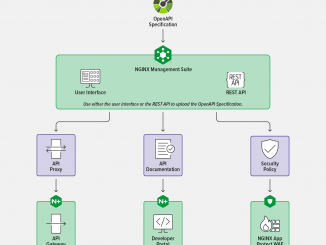
Back to Basics: Web Traffic Encryption with SSL/TLS and NGINX
Back to Basics: Web Traffic Encryption with SSL/TLS and NGINX The determination and clever behavior of bad actors on the Internet seems to know no bounds. Nearly every day, news about another network breach, data theft, or ransomware attack hits the headlines. The consequences can be catastrophic, making it increasingly important to protect web assets and traffic from falling into the malicious hands of hackers. As one of the major types of Internet traffic, HTTP traffic between browsers and websites, is of course subject to these attacks. One fundamental way to protect HTTP traffic from eavesdropping and tampering is to encrypt it using the Transport Layer Security (TLS) protocol. Encrypted traffic is properly called HTTPS traffic, with the S standing for secure, but in most cases plain HTTP is used to refer to both traffic types. You can tell whether [ more… ]

